Alternative names
Wild crafting
City plants
Stinging nettle, wild garlic etc
By herbalist Flora Fernandez
A beginner’s guide to foraging in Germany
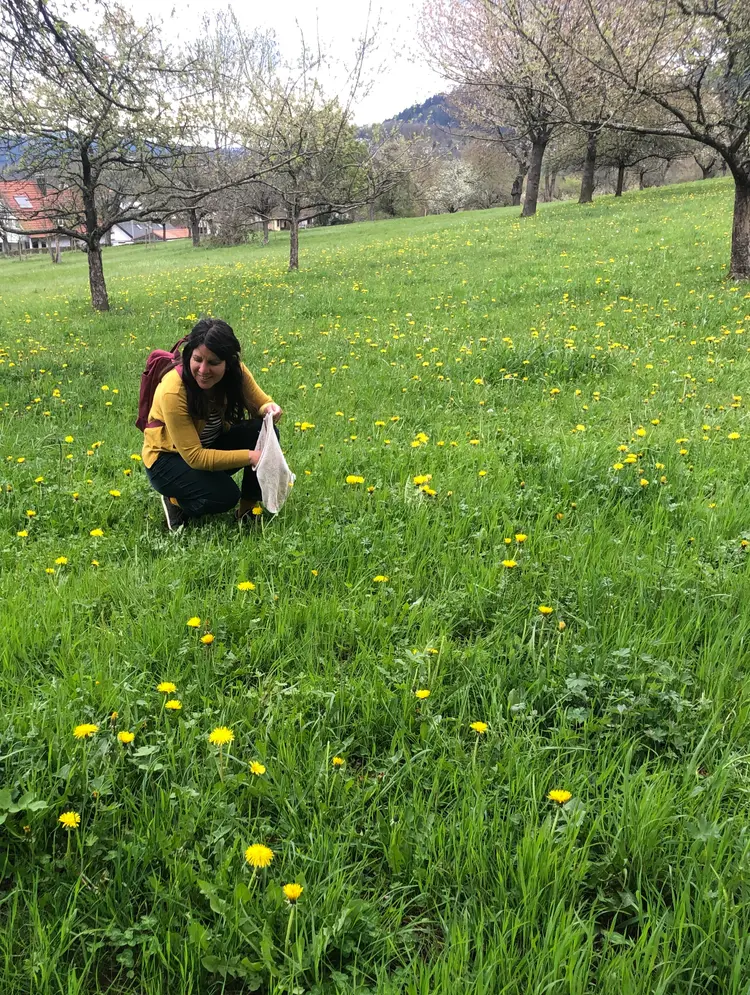
Foraging 101
On crisp spring days when life is bursting with newfound energy and pops of colour, nature practically beckons us to go outside. How perfect because what better way to wake up from our winter slumber than spending more time outdoors? One fantastic way of spending time in nature is foraging.
What is foraging?
Foraging, otherwise known as wildcrafting or forest foraging, is the ancient practice of gathering plants that grow wild, primarily for food and medicine. Sadly, a lot of us have lost this knowledge, but that doesn’t mean we can’t relearn it!
Lucky for us, Germany’s topography and climate provide the perfect conditions for hundreds of edible and medicinal plant species. So whether in front of your apartment on the sidewalk, at your local park or in the nearby forest, chances are, your surroundings are teeming with plants that are not only highly nutritious but are also absolutely delicious!
Why should I try foraging?
In a world that’s ever-changing and increasingly virtual, it’s absolutely vital that we unplug and tune in to what is actually happening in the here and now. One of the best ways to do this is to simply head to a local park, riverbank or forest and use all your senses to discover the nature that’s all around you.
Pick some greens or flowers with gratitude to take with you, if the conditions are right. Consume them consciously and enjoy them fully. Remember that foraging is the way our ancestors survived and we have this knowledge ingrained in us. It’s high time we (re)discover this connection and go back to our roots.
Don't Get Fomo
Fernweh Newsletter
Discover Germany, beyond its tourist spots: get adventure tips and day trip inspiration straight to your inbox. Every month, for free. Sign up so you don’t miss out.
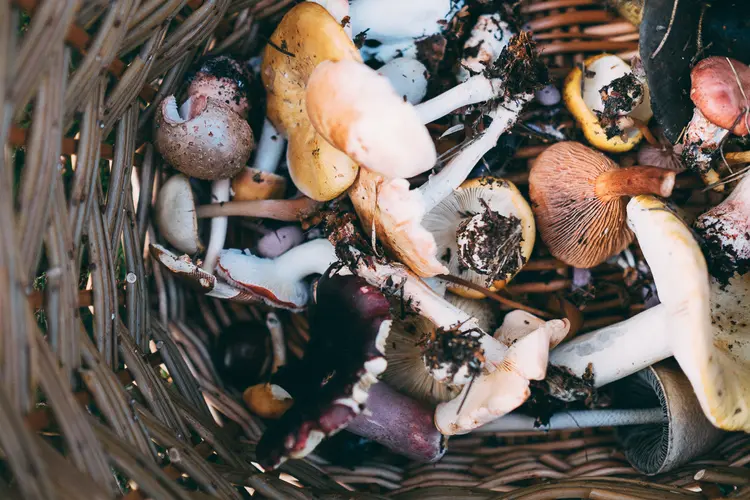

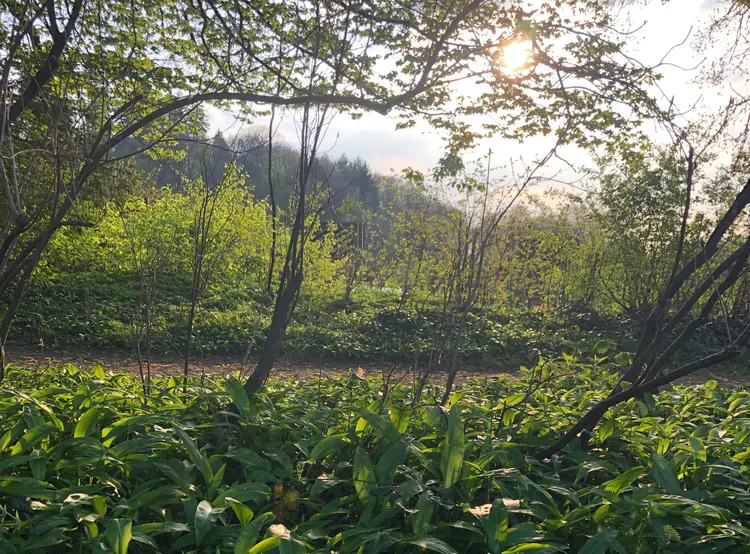
What can I forage?
The list is exhaustive, so here are a few greens that grow everywhere - even in the city!
Some plants, like the almighty stinging nettle, are considered invasive, meaning that they grow literally everywhere and are generally not exactly welcome in people’s gardens. It’s a shame though, as these plants are so underrated and completely overlooked as the nutritional powerhouses they are! Forget the expensive superfoods at your local “bio store” and simply pick a handful of fresh greens next time you want to make a soup or a green smoothie.
Dandelion is probably the most ubiquitous and underrated plant, and is not only pretty but is a nutritional powerhouse and a trusted plant remedy. Its sun-coloured flowers, unmistakable cotton-ball seed heads, and jagged, elongated deep-green leaves, thrive in all types of settings. Dandelions are high in iron, calcium, manganese, potassium, carotenes, and inulin (a starchy substance that’s great for the gut flora) and are primarily used to enhance liver function. The plant can be harvested year-round, but the ideal harvesting time for the roots is in the autumn before the first frost, and, for the leaves, springtime is best.
The entire dandelion plant is edible, which means there are many uses for it. The leaves can be used for salads, pesto (click here for recipe) or can simply sauté with olive oil, garlic and a few tomatoes for a quick and delicious side dish. The roots are highly medicinal, but can also be roasted to make a tasty coffee substitute.
Of course, wild garlic (otherwise called ramson or bärlauch) is a great plant to forage, and when it’s ready to be harvested, it smells strongly like garlic, especially when you rub the leaves. Wild garlic is great in pesto, too, as well as in risotto or baked into bread.
Be careful, as wild garlic looks very similar to Maiglöckchen/Lily of the Valley which is poisonous; wild garlic leaves are single leaves growing directly from the base of the plant (and smell like garlic), whereas Lily of the Valley plants have two large leaves from a single stem.
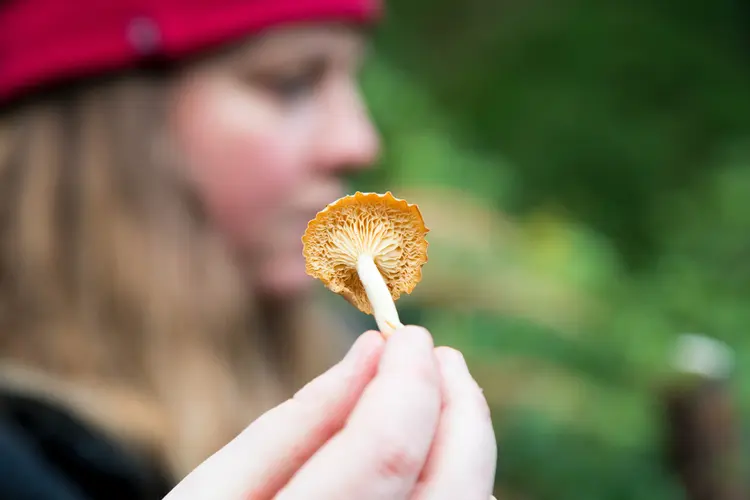
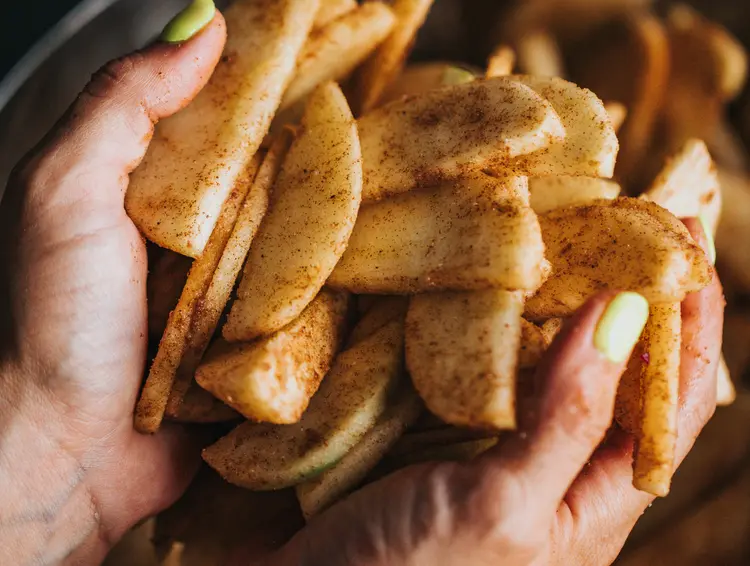
Tips for foraging
While it’s true that it just takes a few minutes to gather a bunch of dandelion or nettle greens for your next salad, there are a few considerations to keep in mind when wildcrafting:
- Location, location, location. Foraging in Germany is not allowed in parks, protected land (Naturschutzgebiet) or on private property (unless you ask for permission). Good places to forage are riverbanks, forest edges, and fallow fields. Roadsides and frequently used sidewalks are not ideal since they are too close to potential toxicity from cars, dogs, and people.
- Green confidence. Be absolutely sure of what you’re picking. Bring a book along with you or a plant ID app (see below) or better yet, someone that knows their herbs, to help you identify the plants so you’re 100% positive that you are picking something that is edible and not poisonous or endangered.
- Quantity matters. Pick only what you will use and never take more than a handful or two of each plant at a time. Also be sure not to take from just one bush, tree, or plant, but rather spread out and take one or two stems from any given plant.
- Wonderful weeds. Choose plants that are heavily populated - at best invasive plants and never pick endangered plants. Click here for a list of endangered plants in Germany.
- Make it reciprocal. Give back to the plant/area you’re taking from by picking up nearby trash, planting seeds and trees, and supporting conservation organisations like this one.
- Connect to disconnect. Really get down at “plant-level” and get close enough to really see, smell and feel it. A sense of gratitude and stewardship for the surroundings is a must for building a solid connection with the nature around you. And this is key - especially in these high-paced, digital-based times in which we are living. Remember: we are not just a part of nature, we are nature.
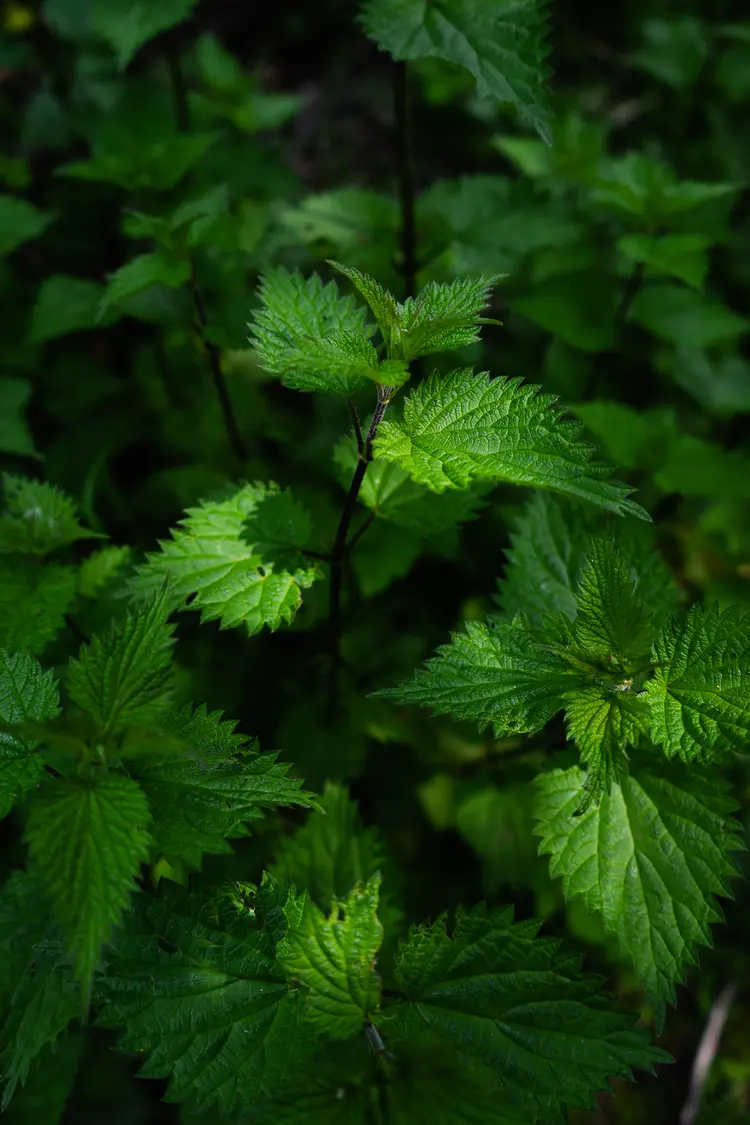
Further resources and foraging hints and tips
- All you really need is a few reusable cotton bags (no plastic, please for obvious environmental reasons, but also because picked plants stored in plastic “sweat” and wilt more quickly).
- Make sure you’re picking only edible and non-endangered species by carrying a plant-identifying book or app with you such as theFlora Incognita App, Essbare Wildpflanzen (in German) by Steffen Guido Fleischhauer.
- Going on a herbal walk with a local herbalist is also a wonderful way to get to know the plant world around you and connect with your surroundings.
You’re ready to go: have fun, and send photos of the food and drink you make with your foraged goodies!
Written by Flora Fernández a holistic health counsellor, herbalist and founder of DOUBLE ARROW HEALTH LAB. She incorporates plant-based nutrition, herbs, yoga and Ayurveda to support her clients achieve optimal health on all levels. Flora specialises in digestive and women’s health, and offers in-person and online consultations and workshops.

